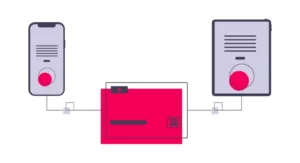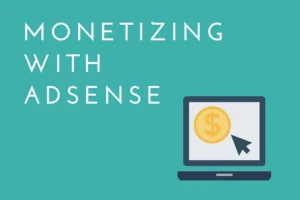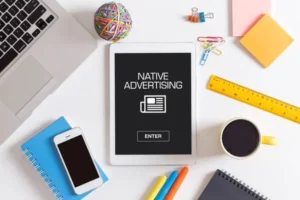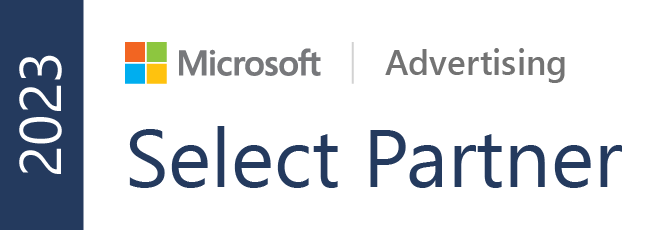New website owners that are getting interested about monetization and starting to make money from their content and traffic are often getting confused by the advertising world.
And, the big confusion is between native ads and display ads – the two most popular tools in the digital marketing arsenal. While the end objective remains the same, these are quite distinct approaches. In order to make the best choice, first learn the differences and the benefits!
Display Ads Vs Native Ads – What Are The Differences?
Display Ads basically refers to any advertisement found on the Internet that looks distinctly like an advertisement. They can be presented in the form of banners or carousels or tiles or pop-ups, and such others. They are also clearly marked as “sponsored” or “advertisement” or placed distinctly apart from rest of the on-page content. The following are the broad classifications of display advertisements:
- PPC (Pay Per Click Ads)
- Banner Ads
- Video Ads (can be placed before/after/between other videos, or as standalone roll)
- Pop-up Ads
Native Ads, on the contrary, are promotional content that merges with the surrounding content and cannot be clearly distinguished as advertised content. It becomes part of the native content, and hence the name. The purpose of these Ads is not to make it look promotional and thus make the audience more receptive towards the message. The following are the different forms of native advertisements:
- Articles, blogs, and other similar content, or part of content that suggests a product or service
- Advertisement embedded within the social media feed that looks similar to other posts and content in the feed
- Search results embedded within the SERP (Search Engine Result Page) which are promoted results relevant to the search term
How To Decide Between Native Ads And Display Ads
Needless to mention, both native ads and display ads have their benefits when used effectively and properly. The question is, when to choose which one. Let’s find out now.
Native Ads Are Perfect For Niche Audience
When the target audience is small in number and niche, and you intend to target the ones who are reading the content, native ads are perfect way to go. One benefit is that the ad content will blend in and won’t stand out or feel intrusive. Moreover, there is no way it is being blocked by any Ad Blocker. So, if you audience is reading the content, that’s a great way to deliver the advertisement message, subtly, yet effectively.
Display Ads Are Perfect When You Are Delivering Visual Message
Consider the huge bill-boards, or video segments, or the image based ad segments. These are perfect to reach out to a large audience with specific interest and deliver the message directly and effectively. The Google Display Network can be a great way to ensure that your ad is optimized and finding the right audience. The ads have to be striking, appealing, pleasing, and impactful, without being too intrusive or overbearing.
Native Ads Go Well With Engaging Content
One of the most effective and subtler ways of advertising is the native ad strategy. It is often embedded within engaging content that creates a connection with the reader. This makes the audience more receptive towards the messages and suggestions, hence making native ads much stronger and impactful. Moreover, the associated cost with native ads is often a fraction of display ads, thereby making it the perfect choice for small businesses and start-ups. You will also achieve better engagement, thereby greater effectiveness and more insight.
Digital marketing is taking many forms. Advertising strategy is continually changing and adapting to the changing behavior and technology. You will always have to tally the results in order to find the optimal ROI for any product, service, and brand. There is no single way ahead. It’s all dependent on the best strategizing and policy formation.







